Folk Art Influence on Contemporary Urban Aesthetics
The texture, vibrancy, and tenacity of folk art traditions - from handcrafted textiles and sculptures to Graffiti- have been a guiding light for contemporary urban aesthetics. Today's dynamically evolving urban landscapes bear multitudes of visible influences from different cultures and traditions. The fusion of these eclectic beginnings with modern-day designs has not just sensitized urban aesthetics in a remarkable manner but produced a global cultural phenomenon.
The Global Impact and Relevance
The emancipation brought about by this amalgamation can be seen across a multifaceted range of urban aesthetics - from architecture and fashion to graffiti, installations, and even more. International architectural giants like Zaha Hadid and Renzo Piano, haven taken inspiration from their roots, have even incorporated folk motifs and methodologies into their high-profile projects.
Key Cities Promoting Folk Art Influence
Cities like Oaxaca in Mexico or Charleston in South Carolina are examples where diverse urban aesthetic patterns heavily influenced by folk art traditions are visible. The colorful, vibrantly embellished mosaics adorning the streets of Lisbon in Portugal, known as Azulejos, and the intricate Madhubani murals of Bihar in India, lend a strong ethnic identity and culturally rich character to these urban landscapes.
Key Artists Contributing to the Movement
Artisans like Os Gemeos from Brazil and Banksy from Britain are leading proponents of this movement, using graffiti as an expressive medium and drawing heavily from their cultural context. Similarly, artists like El Anatsui, who merges modern art techniques with traditional African textile design, are instrumental in this cultural cross-pollination.
The Intersection of Culture, History, and Art
By drawing on folk traditions, contemporary urban aesthetics are often a manifestation of local culture and history. They promote cultural preservation, representation, and diversity in harbor cities. From the Aboriginal-inspired public murals in Melbourne to the Moroccan Zellige in London, these artistic interpretations serve as a visual testament to centuries-old traditions.
The Future of Folk Art in Urban Aesthetic
The future of folk traditions in contemporary urban aesthetics looks very promising. While the incorporation of folk art continues to enrich urban landscapes, it is also likely to provoke further innovation in materials, techniques, and curation. The world will continue to see more cities and artists embracing their unique cultural histories to create distinct, resonating urban landscapes. These developments signal a growing trend towards redefining aesthetics, which will continue to blur the lines between the old and the new.
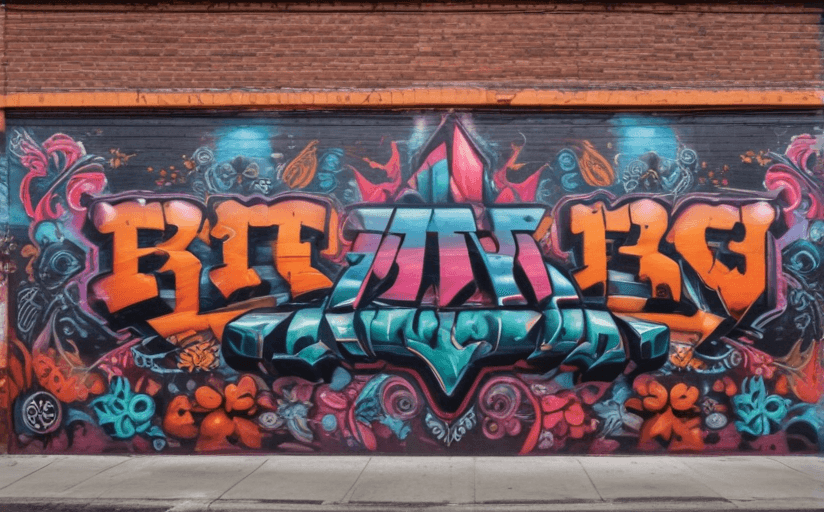
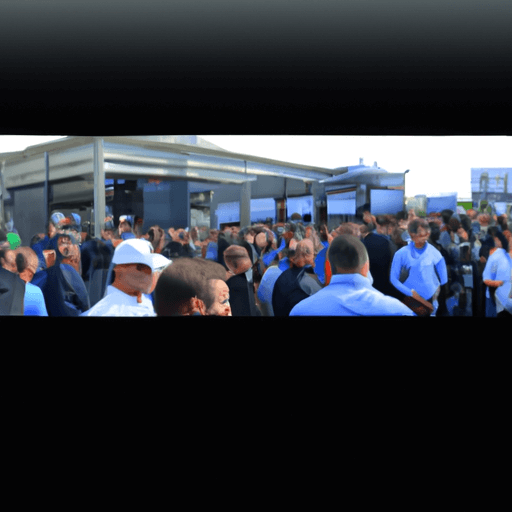
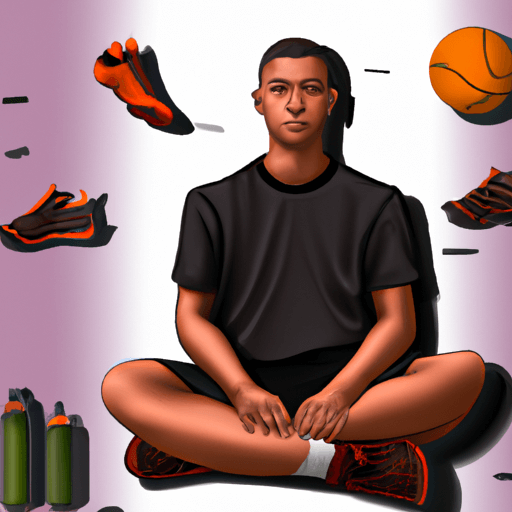


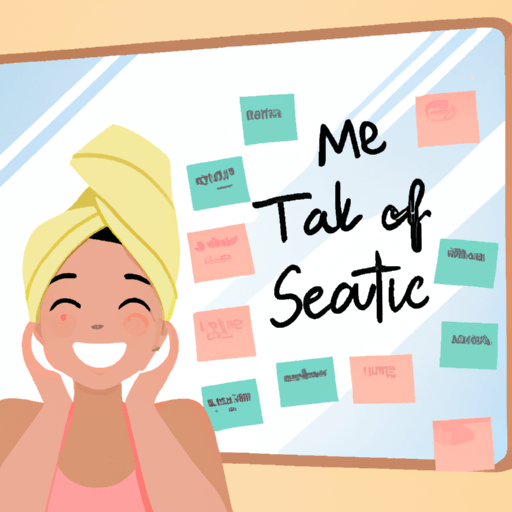

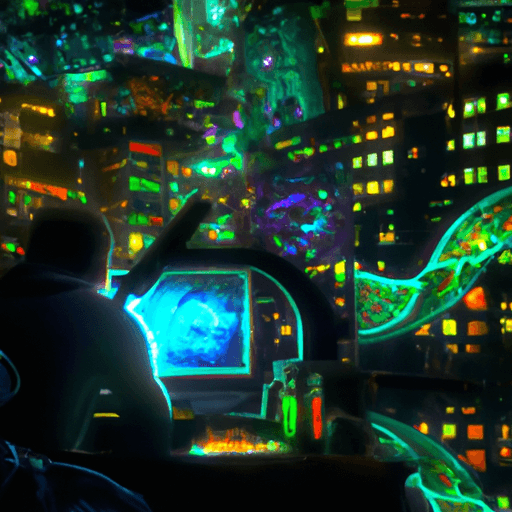
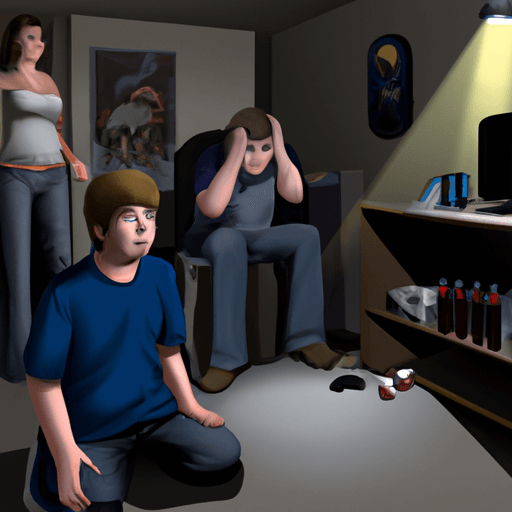
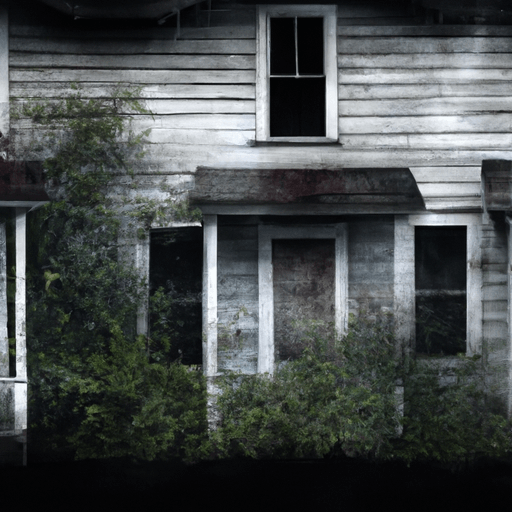
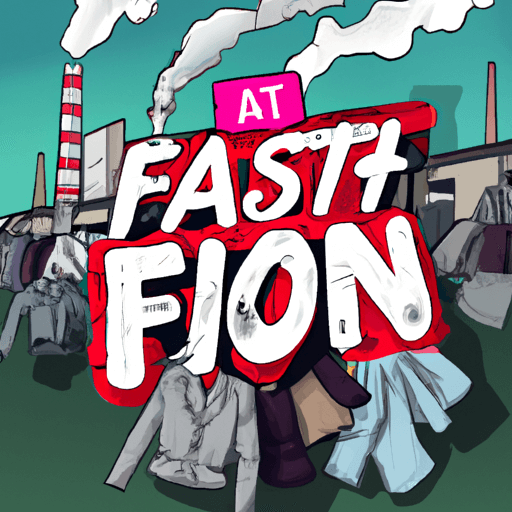


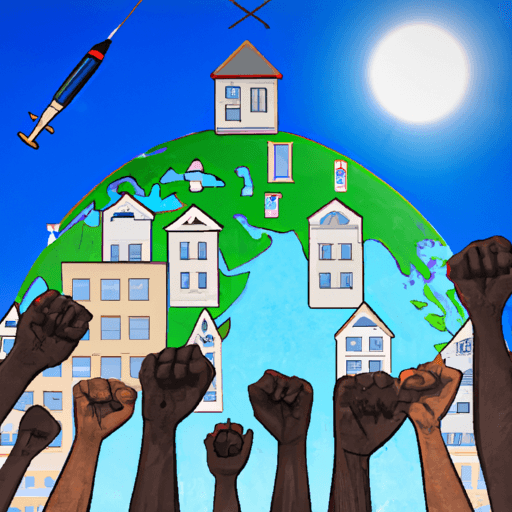

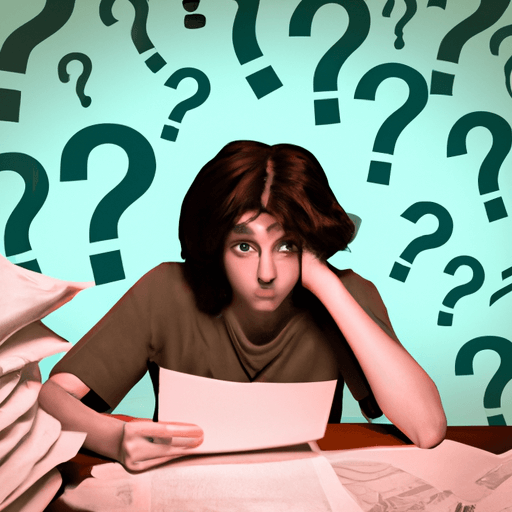


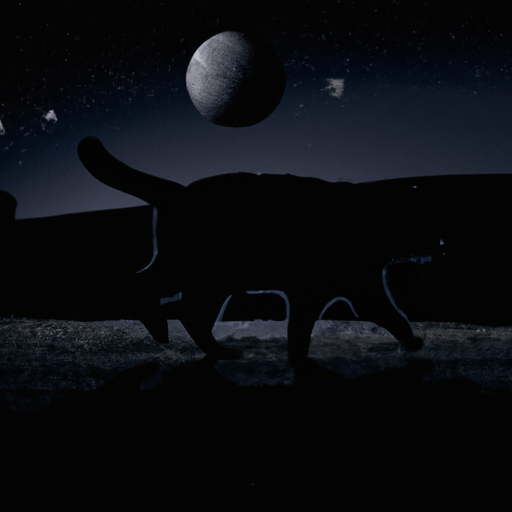
Comments
Leave a Comment